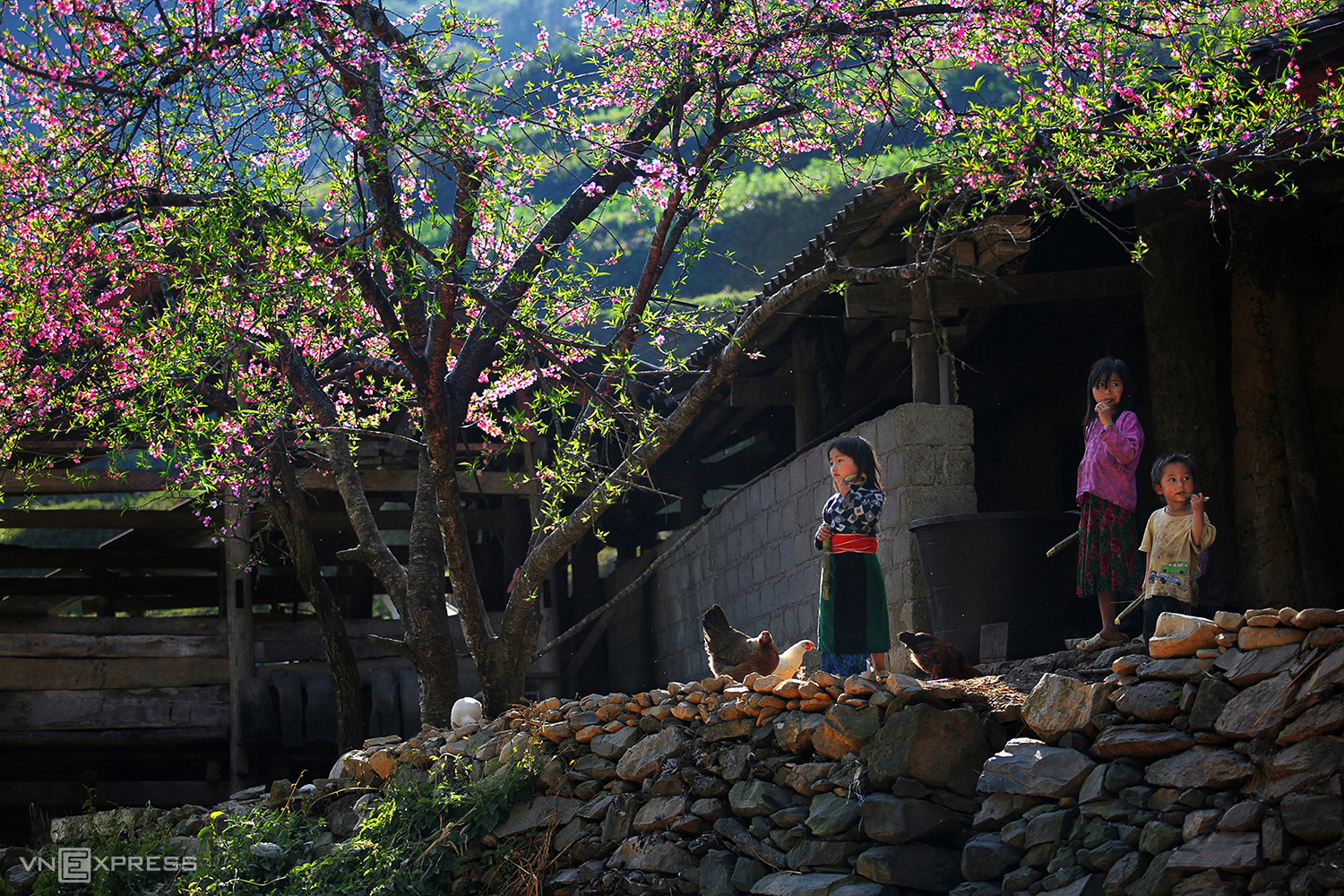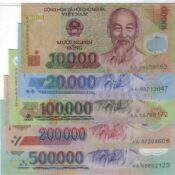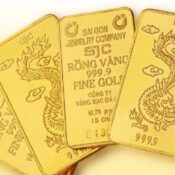11 best places in Vietnam: part 1

11 best places in Vietnam: part 1
There are hundreds of attractions in Vietnam that may interest tourists whenever they come here. From North to South, let’s discover some cities and provinces, which are beautiful and gorgeous, you can try to visit in Vietnam.
- Hanoi.
Constructions from the French colonial period, sidewalk shops selling local specialties, motorbikes weaving on crowded streets… are the first impressions of tourists about Hanoi. For many people, Hanoi has all the interesting things to explore in their own way.
- Imperial Citadel of Thang Long
Thang Long Imperial Citadel is a world cultural heritage located in the heart of Hanoi and has a history of more than 1,300 years. This place contains unique relics and relics, proving the history of Thang Long – Hanoi and the history of the Vietnamese people through many eras.
Address: 19C Hoang Dieu, Dien Ban, Ba Dinh.
- Hoan Kiem Lake
Hoan Kiem is a natural freshwater lake of Hanoi city, connecting the streets of Hang Ngang, Hang Dao, Cau Go, Luong Van Can, Lo Su… with the Western Quarter planned by the French more than a century ago. The centuries are Bao Khanh, Nha Tho, Trang Thi, Hang Bai, Dinh Tien Hoang, Trang Tien… Walking around the lake, in addition to enjoying the fresh nature in the middle of the city, you can visit Ngoc Son temple and the old town.
- Long Bien Bridge
Not only simply spanning the two banks of the Red River, Long Bien Bridge is also a mark connecting the present and the old memories of people who love Hanoi. Long Bien Bridge was built in 1898, people also call it Song Cai Bridge or Bo De Bridge because the bridge spans Bo De wharf, Gia Lam, Hanoi.
- Temple of Literature – Quoc Tu Giam.
This is the first university in Vietnam. Today, visitors can visit the stone steles and the solemn grounds with lotus ponds and gun ponds. The Temple of Literature is a rare peaceful and quiet place in the bustling city. Visitors will feel the harmony between the ancient and the modern when coming here through the thousand-year-old walls.
- Ho Chi Minh Mausoleum
For Vietnamese people, this is one of the most important attractions in the country. Tourists come to pay their respects to President Ho Chi Minh. Visitors need to keep quiet, wear appropriate clothing and not take photos in prohibited areas.
- One Pillar Pagoda – Chua Mot Cot.
The building is one of the oldest temples in Hanoi. The pagoda was built on a wooden trunk more than 1,000 years ago. In the 1950s, the original wooden trunk rotted so it was replaced with a concrete column. Western visitors should come here to walk around this area because the surrounding housing projects are among the most beautiful and impressive in Hanoi.
- Old town streets.
Just let your feet lead the way, you will discover the most about the colorful and nostalgic streets of the capital. No destination, no predetermined route, just turn right, turn left or go straight. This street is full of toys, the other street is filled with shoes, clothes, antiques, or sometimes tombstones and motorbike parts.
If you come here during off-hours, the experience will be even more interesting. You must always be ready to avoid people and cars on the road. Just like that, 1,000 years of Hanoi’s history flows through the streets like blood flowing through each vein, breathing into life the breath of both the past and present.
- Walking street.
Every week, Hoan Kiem Lake walking street opens from 6:00 p.m. Friday to Sunday, attracting a large number of both residents and foreign tourists. This space has many fun and entertainment activities, including street art performances. Don’t forget to experience the “food tour” around the walking street.
- Ha Long.
About 160 km from Hanoi, Ha Long City in Quang Ninh province is a famous tourist destination not only in the North, the whole country but around the world. Ha Long has a bay, world heritage sites, rich tourist activities, and delicious food.
- Ha Long Bay.
Ha Long Bay is a world heritage site with natural beauty that attracts domestic and foreign tourists. The bay has thousands of large and small limestone islands of all shapes scattered throughout, creating a magnificent and different scene from the rest of the world. A popular option is to take a scenic cruise with journeys passing through places such as Ga Choi island, Dinh Huong island, Sung Sot cave, Thien Cung cave, Titop island…
- Bai Chay Beach.
Bai Chay beach, an artificial beach located behind Sun World park, has been expanded to the sea nearly 1 km compared to before. Wide beach, clean sand suitable for organizing group games, swimming, sunbathing or walking to watch the sunrise…
Public services such as showering, changing clothes, and cleaning are charged 20,000 VND per visit. In addition to Bai Chay, Ha Long also has many beautiful beaches for tourists to explore such as Titop Island, Marina Bay Ha Long, Ba Trai Dao, or beaches in Tuan Chau, Sun World…
- Bai Tho Mountain.
Bai Tho Mountain is 200 m high, considered an interesting viewpoint overlooking Ha Long Bay and the city. The mountain was originally called Truyen Dang, or Roi Lamp, to refer to the important guard post of the Northeast gate thousands of years ago, whose task was to light the way for boats on the bay.
- Quang Ninh Museum.
Quang Ninh Museum – Library is located on Tran Quoc Nghien Street, Tuan Chau. Opening hours: 8:00 a.m. to 11:30 a.m., 1:30 p.m. to 5:00 p.m. The museum welcomes visitors every day of the week except Monday. Inside the Quang Ninh museum, the first floor is a natural sea space, the second floor displays relics and artifacts of historical value, and the third floor recreates the history of the coal mining industry in a lively mine model.
- Sun World.
Sun World Park is one of the largest amusement parks in the country with an area of 214 hectares. In addition to swimming, visitors can have fun at Cyclone Bay water park, Dragon park, Typhoon Water Park, check-in on the famous Koi bridge, and worship the Bao Hai Linh Thong Tu spiritual complex. Or visit the Japanese garden, visit the wax museum, or the upside down house.
- Ha Long Night Market.
Ha Long Night Market is a paradise for shopping and dining at night. The market is located on Ha Long Marine Avenue, Bai Chay, open from 6:00 p.m. to 11:00 p.m. The market has hundreds of large and small stalls with all kinds of items from souvenirs, specialties, candy to jewelry and clothes.
- Lan Ha Bay – Cat Ba Island.
Cat Ba archipelago consists of 367 islands located south of Ha Long Bay. Among them, Cat Ba Island is an attractive destination for tourists. This place has the typical scenery of Ha Long Bay with limestone mountains and calm blue sea.
- Lan Ha Bay.
The bay is located in the east, and is a member of the Most Beautiful Bays in the World (MBBW) Club Association. This place has calm and blue waters.
At Cai Beo wharf, tourists buy scenic tickets for 2 USD per person, then take a boat or boat to Lan Ha. Private boat rental prices are about 90 – 230 USD for 2.5 – 4 and 6 hours respectively, the boat can carry 25 people. Motorboats cost 20 – 40 USD, corresponding to the type that can carry 5 – 10 people.
Tourists should buy a tour to save money, about 7 – 10 USD per person with lunch. Popular itineraries include visiting the bay and ancient fishing village, swimming and scuba diving at some pristine beaches, and free kayaking.
- Ha Giang.
Ha Giang is the leading province of the country, bordering Cao Bang province to the East, Yen Bai and Lao Cai provinces to the West, Tuyen Quang province to the South, and China to the North. Ha Giang winding and steep roads are inherently challenging for drivers. But when you look around, stress gives way to a feeling of relaxation when admiring the beauty of the plateau.
Traveling in Ha Giang is quite an interesting trip when it is explored in a completely different way from other cities or provinces in Vietnam. Below is a sightseeing method that you can refer to when visiting a land that is a little bit complicated due to the terrain but no less adventurous in satisfying the traveler’s desire for adventure.
- Day 1: Ha Giang – Dong Van.
The road from Ha Giang City to Dong Van should be divided into stops to enjoy while walking rather than running all at once.
Stage 1: Ha Giang – Quan Ba Heaven Gate.
From the city, the first point is milestone Km 0, then move to Quan Ba about 40 km. There is a sky gate here that is a famous check-in point, but if you go in winter, you are likely to encounter clouds and fog. If the weather is clear, you can take pictures and admire the fields below.
From here you can see Nam Dam lake, located in Nam Dam village, a famous Dao homestay village in Quan Ba. In addition to the heaven gate, you can also visit Co Tien Twin Mountain not far away.
Stage 2: Quan Ba Heaven Gate – Yen Minh Town.
Note, when going to Can Ty bridge, there are 2 turns, the uphill path will save you 20 km, but is also more difficult and requires strong steering. Calculate the time to get to Yen Minh and have lunch there.
Stage 3: Yen Minh town – Dong Van ancient town.
This is a route with many beautiful scenery and famous tourist attractions. That is Doc Tham Ma or Deo 9 Khoanh, the symbolic check-in point of Ha Giang. Here, you can easily meet foreign friends, landscape photographers, and especially Mong children with baskets full of flowers and grass.
Besides, Pho Cao – an ancient village that has not been commercialized so it still retains many traditional features of the ancient Mong people. Or Pao’s house, the setting of many Vietnamese movies, is also a place you should visit. Currently, Pao’s house is both a residential house and a tourist destination. The above points are 10 km apart, please visit and pay attention to the time to reach Dong Van in time for darkness.
- Day 2: Dong Van – Meo Vac.
Take some time in the morning to go to the market, a unique feature of the region that nowhere else in the lowlands has. The market is bustling with many items, from common things of the Kinh people such as electronics, vegetables, clothes… to ethnic specialties such as linen, brocade, buckwheat cakes, and thang co. .. If you buy gifts, remember to choose things that are easy to carry like spices or linen. In addition to the market, in Dong Van you can also visit King Meo Palace. Or if you don’t go to the market or King Meo palace, you can depart at 6:30 from Dong Van to Lung Cu to visit the flagpole in the morning.
At around 9:30, you move back to the old road to Dong Van, then go in the direction of Meo Vac to Nho Que River. The motorbike road going down to the wharf is very steep, some places are under construction so you need a strong driver. If you are not confident, you can hire a motorbike taxi service from a local.
The road is difficult, with many bumpy sections, but the beauty of the emerald river will partly dispel the fatigue of visitors. Weaving through the winding road hugging the cliff, you will reach the boat dock. The price for a boat trip on Nho Que River is 100,000 VND per person, the journey is about 40 minutes long. The boat often stops in front of Tu San Alley, where there is the most beautiful scene for guests to take photos.
In the afternoon, you move towards Meo Vac to visit Ma Pi Leng pass. Although the pass is winding, it is wide and flat, with mountains on one side and cliffs on the other.
Near evening, you can stop at the 12 km marker area to Meo Vac. This is one of the beautiful spots to watch the sunset on Ma Pi Leng pass, with a view of the Nho Que river in front. After watching the sunset, you move about 10 km to the Mong Ethnic Cultural Village in Pa Vi to stay overnight.
- Day 3: Meo Vac – Ha Giang.
In Pa Vi, the landscape has peaceful colors. When visitors wake up, they will see surrounded by lush, green mountains. Meo Vac is about 150 km from Ha Giang, so you should depart early.
Don’t forget to contact Trang An Ecorest Resort & Spa – (+84 915 702 099) or visit us at www.tranganecorestresort.com if you need any support!
Trang An Ecorest Resort & Spa
Image source: Internet








